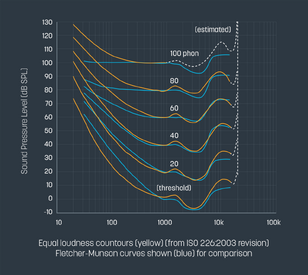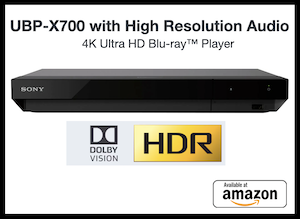why not do it all on the fly?
I haven't played with dynamic EQ plugins, but I've cursorily looked at them in the past. If they work by averaging EQ over an entire track (i.e., not trying to EQ every moment of music in a short look-ahead window), essentially you could set up a dynamic EQ plugin probably most successfully for use on certain genres of music with generally unvarying and full music spectra--like hard rock/metal, electronica, and certain kinds of pop, etc. and let them play in real time.
I've found over time that my use of EQ correction has generally moderated to use less than I typically used years ago. But even at that, it still requires at least one listening of an entire album's re-EQed tracks, then taking note of those tracks still having remaining issues that must be either updated or redone.
But I think you'd still have the need to want to tweak the dynamic spectrum profile for each track in real time while listening (i.e., fine tuning), updating the EQ profile iteratively, until a happy medium is found. After that process, I still think you would want to save the track with its new EQ, and in the future listen to that saved track without the dynamic EQ plugin continuously running as standard practice. In effect, you're doing the same thing that I've done using Audacity in the past, but it takes less time to tweak the EQ settings.
But before I start on any track, the first thing I do is measure the loudness of all incoming tracks on an album using ReplayGain, then look at those highest loudness tracks for evidence of clipping. If I find clipping has occurred on any tracks, I run a batch macro of ClipFix and reset the gains using the Amplify command (negative gain) generally downwards to achieve 0 (zero) ReplayGain average for the entire album. This removes the Loudness War gains and resets the tracks to a common loudness level across my entire FLAC database--something I believe you will come to do, too over time.
So as I see it, you would still be compiling a library of newly updated tracks--instead of the alternative of compiling a list of dynamic EQ profiles for each track on an album. What I've found is that every track must be auditioned under careful conditions (including listening at an average of 83 dBC at the listening position) to get the bass right.
But my advice (of course) is to try it...and listen carefully at full volume (SPL) levels. Otherwise, you're going to be redoing a lot of tracks after turning the gain up to mastering audition levels (generally 83 dBC at the listening position) and finding you've got too much bass below ~100 Hz, and perhaps a bit too much treble above ~5 kHz.
_________________________________________________________________________________
What I've found using a multiband upwards expander (like Fabfilter Pro-MB) is that I first run the plugin interactively while the track is playing, then tweaking the plugin parameters, particularly the thresholds and gains, while watching the resulting dynamic gains on each EQ frequency band and listening very carefully. Then I turn off the interactive plugin after saving the plugin settings for that track, and then run the plugin in batch mode across the entire track, and save the new track with a new name, etc. So each new track also has its own little XML settings file. This takes some care to get the upwards expander settings set so that they produce new tracks that don't clip on the output. Otherwise you'll have to run Normalize or Amplify to reduce the overall gain for the track to get all the peaks under 0 dB (FS).
I find that each track requires custom settings in the plugin to get them sounding acceptable--not too much or too little treble or sibilence, or bass, or midbass bands, etc. This process is much faster than using batch runs of the expander, listening, then undoing, tweaking the settings, and running batch again, until a good happy medium is found.
Thus far, I do not use the expander on tracks whose overall crest factor is more than12 or 13 dB (using the Audacity Dynamic Range plugin), since most music tracks were likely recorded originally at these dynamic range levels while using some fairly moderate in-line compressors on the microphones (perhaps 3 dB or a bit more on peaks except for percussion transients, which can be much greater). There are many genres/instrumentations that far exceed this dynamic range, of course, and these generally don't need upwards expansion.
I never use the
compressor portion of the plugin on music, since I'm always going in the opposite direction...
I hope I answered some of your questions (some are anticipated questions). Did I?
Chris
















